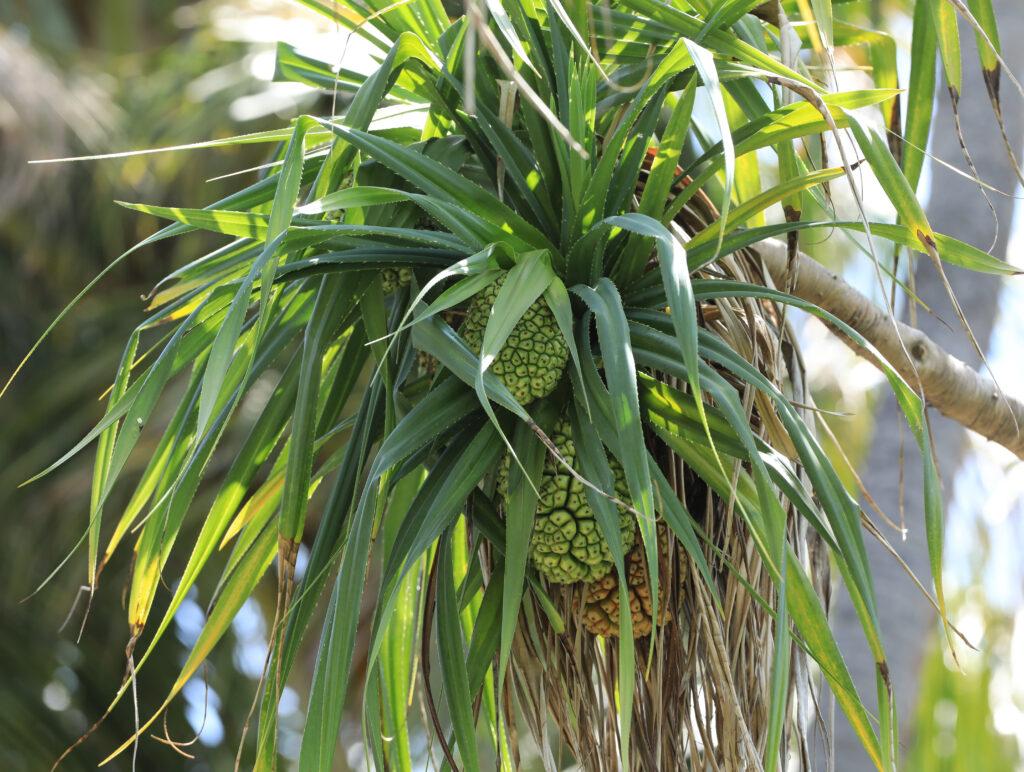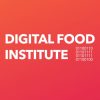Experts at the Royal Botanic Gardens in Kew, London are are hunting for food ingredients that can provide us nutrients in the future. Climate change is seriously increasing the risk of 'food shocks', where crops fail and the price of basic foodstuffs rises rapidly around the world.
Diversifying the food we eat can also provide solutions to alleviate hunger, tackle biodiversity loss and adapt to climate change. Of the 7000 edible plants worldwide, only 417 are widely grown and used as food. Of the thousands of remaining edible plant species consumed in some parts of the world, scientists have selected a few that could provide solutions to future global challenges.
Pandanus (Pandanus tectorius) is a small tree that grows in coastal areas from the Pacific Islands to the Philippines. The leaves are used to flavour sweet and savoury dishes in much of Southeast Asia, while the pineapple-like fruit can be eaten raw or cooked. The pandanus tree tolerates challenging conditions including drought, strong winds and salt spray.

Beans or pulses are the "food of the future". They are cheap, high in protein and B vitamins, and adapted to a wide range of environments from ocean shores to mountain slopes. There are 20 000 species of legumes in the world, but we only use a handful. Morama beans (Tylosema esculentum) are a staple food in parts of Botswana, Namibia and South Africa, where the beans are cooked with maize or ground into powder to make porridge or a cocoa-like drink. Not all pulses are edible, but experts are researching the properties of different species to see which ones can serve as food for us.
Cereals, which come from grasses, also have a huge diversity, with more than 10 000 species - offering plenty of potential for new foods. Fonio (Digitaria exilis) is a nutritious African cereal used to make couscous, porridge and drinks. Grown as a local crop, the plant tolerates dry conditions.
The 'false banana' (Ensete ventricosum) is a close relative of the banana, but is only consumed in parts of Ethiopia. The banana-like fruit of the plant is not edible, but the starchy stems and roots can be fermented and used to make porridge and bread. Studies suggest that the Abyssinian banana has the potential to feed more than 100 million people in a warming world.
